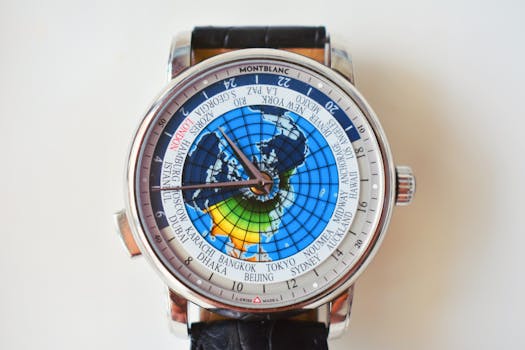Traveling Through Time: How Europe’s Historical Heritage Shapes Modern Lifestyles in 2025
Introduction to Traveling Through Time
Traveling Through Time: How Europe’s Historical Heritage Shapes Modern Lifestyles in 2025. Europe, with its vast and diverse history, has always been a fascinating destination for travelers and history enthusiasts alike. From the ancient ruins of Greece and Rome to the medieval castles of England and France, Europe’s historical heritage is unparalleled. In this article, we will explore how Europe’s rich history has shaped modern lifestyles, from architecture to cuisine, and discover the continent’s most iconic landmarks.
Historical Heritage and Modern Lifestyles
Europe’s historical heritage has had a profound impact on modern lifestyles. The continent’s rich history has influenced everything from the way people live and work to the food they eat and the clothes they wear. For example, the ancient Greeks and Romans are credited with developing democracy, philosophy, and the arts, which have had a lasting impact on Western civilization. Similarly, the medieval period saw the rise of grand cathedrals, castles, and monasteries, which continue to inspire architectural innovation today.
In terms of cuisine, Europe’s historical heritage has given us a diverse range of delicious dishes, from Italian pasta and pizza to Spanish tapas and French haute cuisine. The continent’s love of fine food and wine has also led to the development of a thriving food culture, with many cities and regions boasting their own unique culinary specialties.
Iconic Landmarks and Cultural Attractions
Europe is home to some of the world’s most iconic landmarks and cultural attractions. The Eiffel Tower in Paris, the Colosseum in Rome, and Big Ben in London are just a few examples of the continent’s many famous landmarks. These iconic structures have become synonymous with European culture and are a major draw for tourists and travelers.
In addition to its landmarks, Europe is also home to a wealth of cultural attractions, including museums, galleries, and festivals. The Louvre in Paris, the Uffizi Gallery in Florence, and the Prado in Madrid are just a few examples of the continent’s many world-class museums, which showcase some of the world’s most famous artworks and historical artifacts.
Conclusion
In conclusion, Europe’s historical heritage has had a profound impact on modern lifestyles, from architecture to cuisine. The continent’s rich history has influenced everything from the way people live and work to the food they eat and the clothes they wear. By exploring Europe’s iconic landmarks and cultural attractions, we can gain a deeper understanding of the continent’s historical heritage and its ongoing influence on modern lifestyles.






